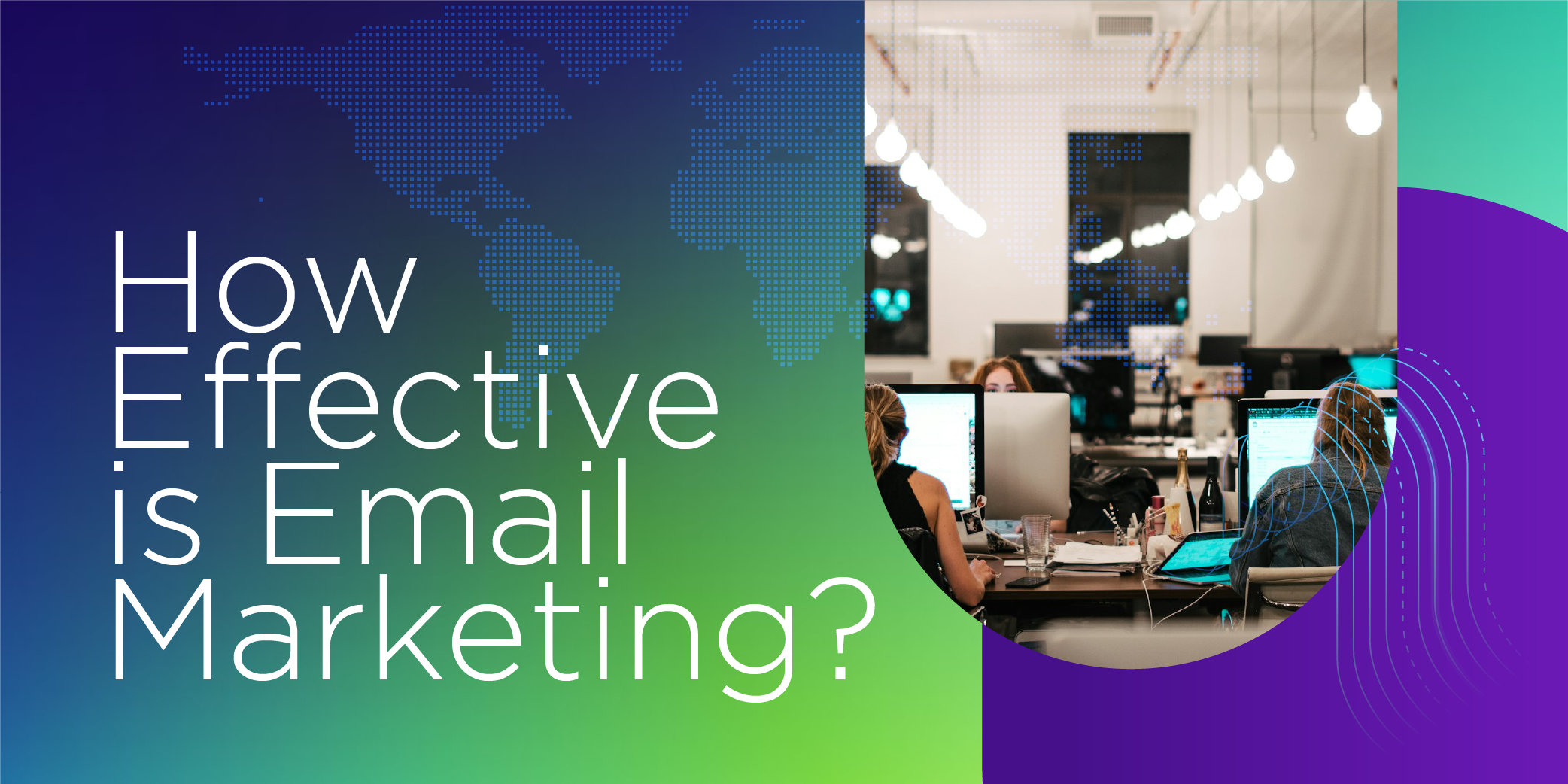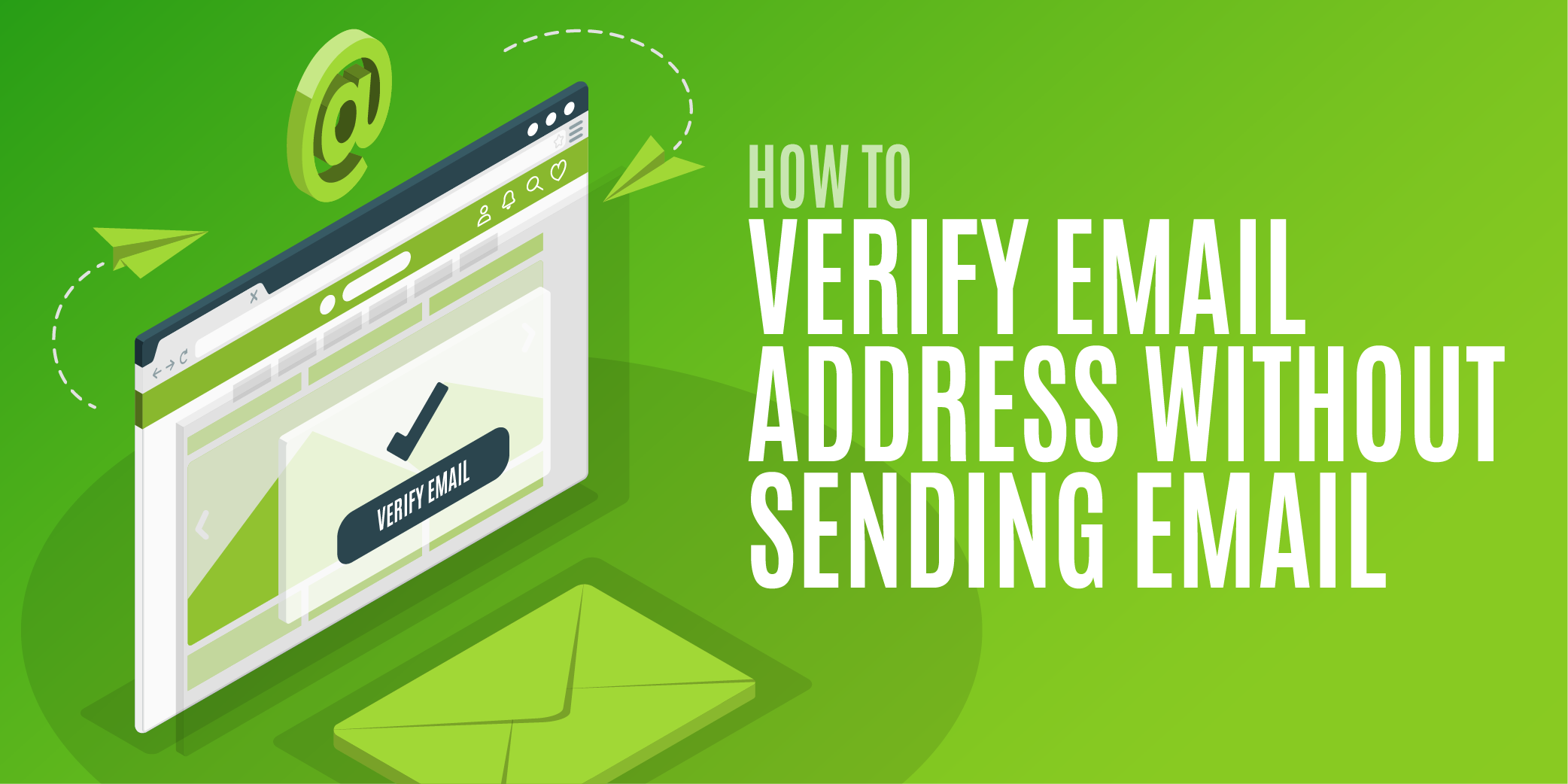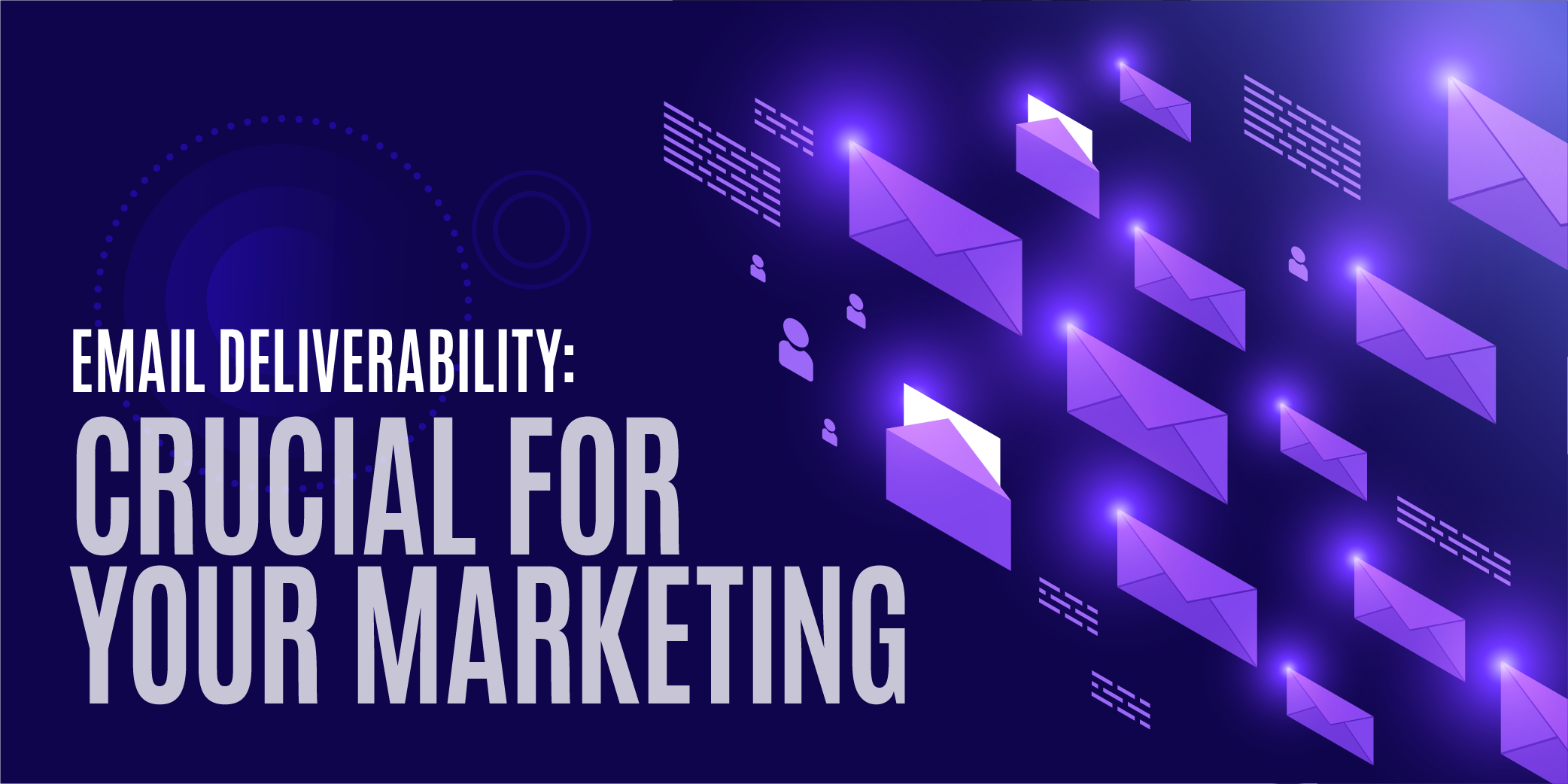The humble email address. Used daily in multiple ways to shop online, set up new apps, allow us to access new services, join new communities and more - it's an everyday part of our lives which has been transformed by technology over the last few decades. Seems all quite harmless, right? Well, wrong.
The humble email address is not quite so innocuous when it's used for fake sign-ups and in really obvious fraudulent behaviour, which in our ever-more interconnected world, is on the rise. Nearly always a sign of malicious intent, fake email addresses are the first part of the puzzle in detecting online fraud. And with the number of global email users expected to grow to 4.6 billion in 2025, shutting down illicit behaviour from the outset would seem to be the best route.
The well-documented surge in cybercrime during COVID, and the changing modern work practices that followed, have led to a riskier business landscape, prompting many companies to reconsider their stance towards cybercrime. There is an increasing understanding that cyber risk isn't just a technology issue that the IT department needs to sort out. It's a real risk to any company, and it's the entire business, including employees, that needs to share that responsibility, especially during difficult economic times such as we're seeing across the globe.
But how much do you or your company understand the relevance and importance of that first contact, and how it impacts your cybersecurity? As an IT manager of a large company, you may be fully aware, but chances are your employees are not. In the recent Mimecast ‘The State of Email Security 2023’ report, they spoke to 1,700 information technology and cybersecurity professionals, and about half (48%) of those that responded said that insufficient employee awareness of cyber threats would be their organisation's biggest security challenge in 2023.
Making employees more IT-savvy and aware of the dangers helps them not only in their work environment but also gives them more know-how to spot fraudulent use of their personal email too. For example, the number of phishing attacks continues to increase dramatically with an estimated 255 million phishing attacks in 2022 (that's a 61% increase compared with 2021) and up to 70 per cent of recipients conned into opening them and, worse still, circulating them within their company to other employees. Making employees aware of the dangers at work also trains them to take precautionary measures home to protect their personal affairs.
The primary route is email!
According to ‘The State of the Email Security’ report by Mimecast, email continues to be the first port of call for cybercriminals in their fraudulent activities. The increased volumes of emails within companies have led to more email-based threats, with numbers even higher now than the surge that was noted during the COVID-19 pandemic - with three out of four of the companies they spoke to reporting a rise in threats during the last year.
Fake email addresses are nearly always a sign of malicious intent when used to sign up for an online service or platform. They are the first part of the puzzle in detecting online fraud and a first line of defence for your company in the fight to secure your cyber presence. Many companies, however, don't realise they have a problem until disaster hits. Rowland O'Connor, CEO of Email Hippo, in an interview earlier this year said: “I think there's also a lack of awareness in the fraud and security space about the value email verification can add to their operations. Online service providers may turn a blind eye to fake sign-ups until fraud and abuse become ever-present problems they need to address.”
Prevent fake sign-ups
So, if email addresses are defined as the first link in the chain that leads to a growing pool of opportunities for sophisticated gangs of cybercriminals, then it stands to reason that that's the place to start. With predictions that the world is set to lose $8 trillion this year due to cybercrime alone, then it goes without saying that for many companies, cyberattacks present the biggest challenge they face, even ahead of inflation and climate change.
Insuring against cyber risk may make financial sense, but with it taking an average of nine months to uncover an attack and subsequent data breach, even the best insurance can only go some way to compensating for the amount of damage these data breaches cause - not just in terms of the data lost but more importantly the loss of reputation for the company and its employees.
The one thing that will help more than any insurance is your Cyber preparedness plan, and with Email Hippo, that starts with those email sign-ups. Whether you verify millions of email addresses every month or not, the range of Email Hippo solutions is simple and easy to deploy and provides deep insight into whether or not a person represents a potential security risk – before you let them through the gates. The Email Hippo solutions also add significant value for a wide range of companies who need to stop suspicious users at the point of sign-up. Start by securing your email.
Automation is the answer
We know that the threat from email fraud is ever-evolving, and if your company is going to stay ahead of the game and match the tactics cybercriminals are using to bypass security measures, then your answer needs to be constantly evolving too.
Implementing a system that can seamlessly run alongside your existing software or CRM means you can turn your attention to other aspects of cyber fraud while our tool takes care of your emails - flagging in real-time any issues that arise with them and delivering a Trust Score you can rely on for every single email address.
We keep you informed about the latest trends in email fraud helping you to continuously update your defences so that you do not leave your company open to threat. Keeping your digital environment secure and intact is your answer and ours to the threats you face. Automation is key.
Don't let funding be the issue
Increased Cyber threat levels, you think, would lead to more investment by companies in their IT infrastructure and security. According to the State of the Nation survey by Mimecast, however, this has not been the case. The IT professionals they spoke to did say that their companies were prioritising cybersecurity and giving it more attention but, crucially, not backing those promises up with the funds to really make a difference - with budget levels unchanged from previous years.
By investing in advanced email filtering solutions that can detect and quarantine suspicious emails - you are tackling the problem head-on and at its source. These systems use machine learning and AI algorithms to analyse email content, sender behaviour, and other factors to identify potential threats. You tackle the threat before it becomes unmanageable. Don't let cost be the issue - affordable and fully integrated solutions are available from Email Hippo.
Conclusion
Email fraud represents a significant and growing threat to organisations of all sizes and industries. As an IT manager, it is your responsibility to protect your organisation from the potentially devastating consequences of email fraud. Implementing email address verification processes and adopting a comprehensive cybersecurity strategy can help mitigate the risks associated with fraudulent emails.
In the end, robust email address verification is not just a security measure - it's helping you make your company resilient against a growing threat. It's taking proactive measures making you best placed to protect yourself and your clients, and their data in an ever-evolving digital landscape.
///Start your trial today and verify 100 emails for free. Improve email deliverability and reduce bounce rates with email address verification. Accuracy guaranteed!




